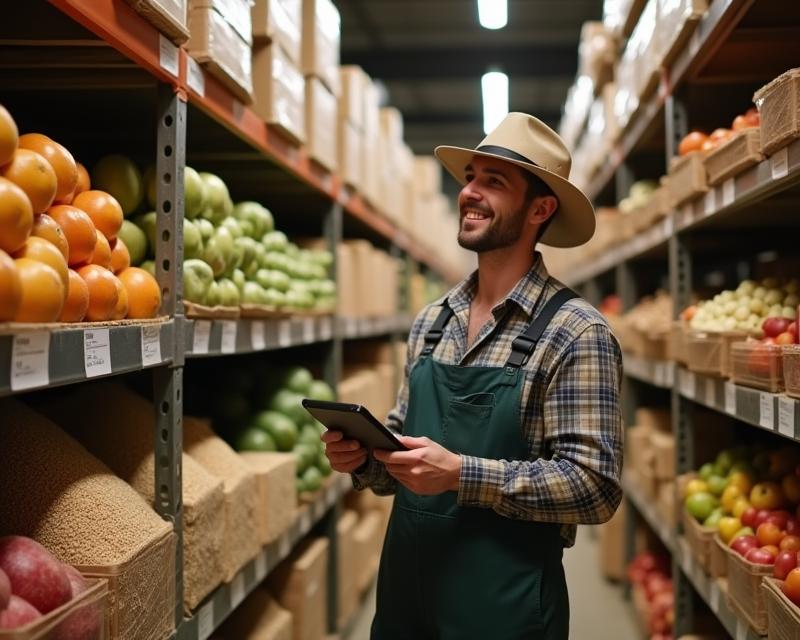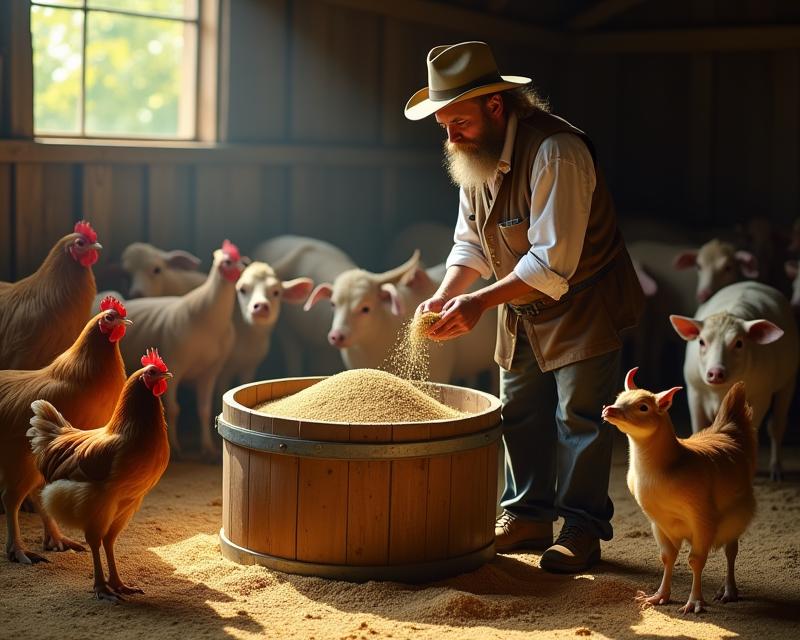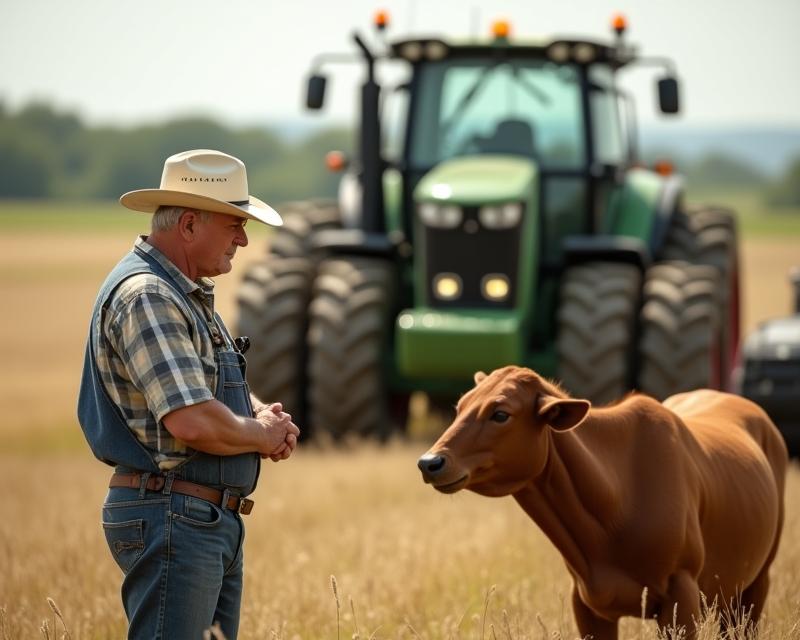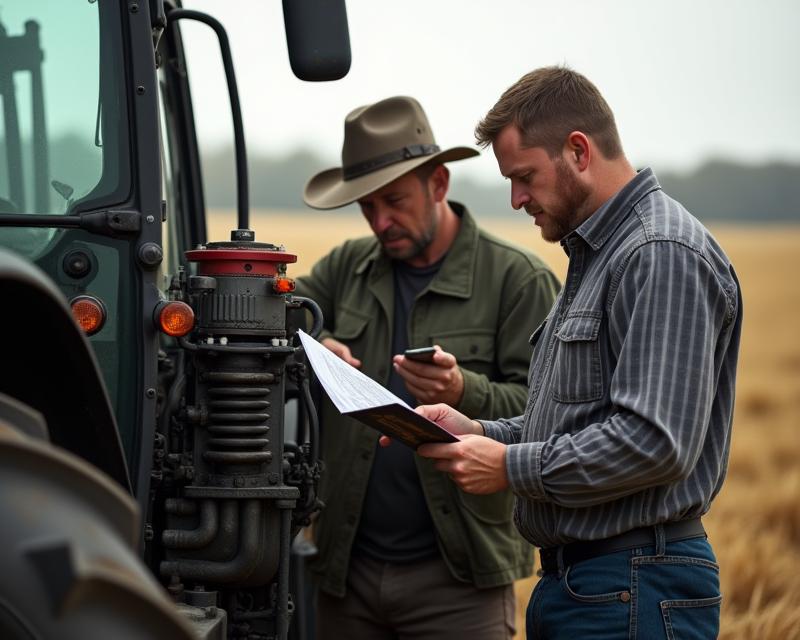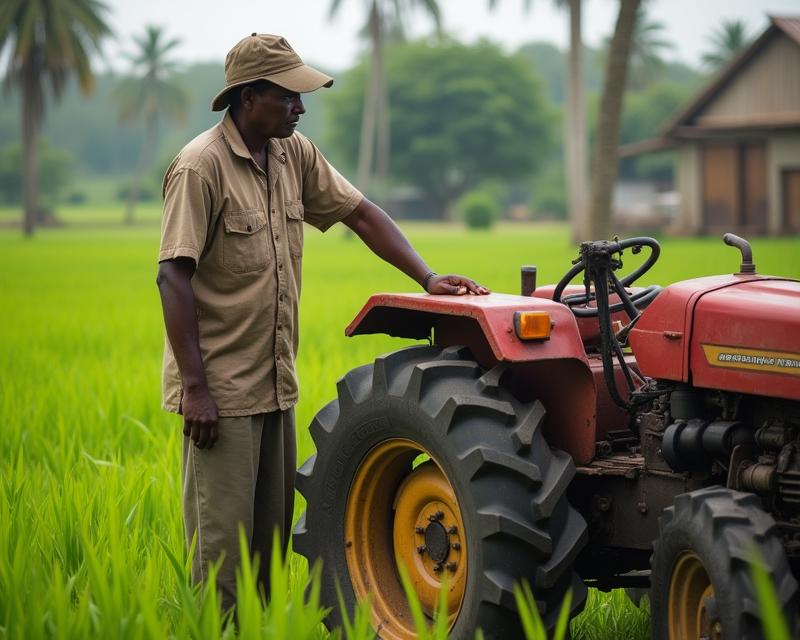Combine Harvester Safety: A Guide
Publish in Farm Business el 28/06/2025 22:26
Combine Harvester Safety: A Guide
The combine harvester is arguably the most complex and powerful piece of equipment on any farm. Its efficiency in harvesting crops like wheat, corn, and soybeans is unparalleled, but its size and operation demand respect and adherence to strict safety protocols. Understanding and following these protocols is crucial for preventing accidents and ensuring the well-being of everyone working around the machine.
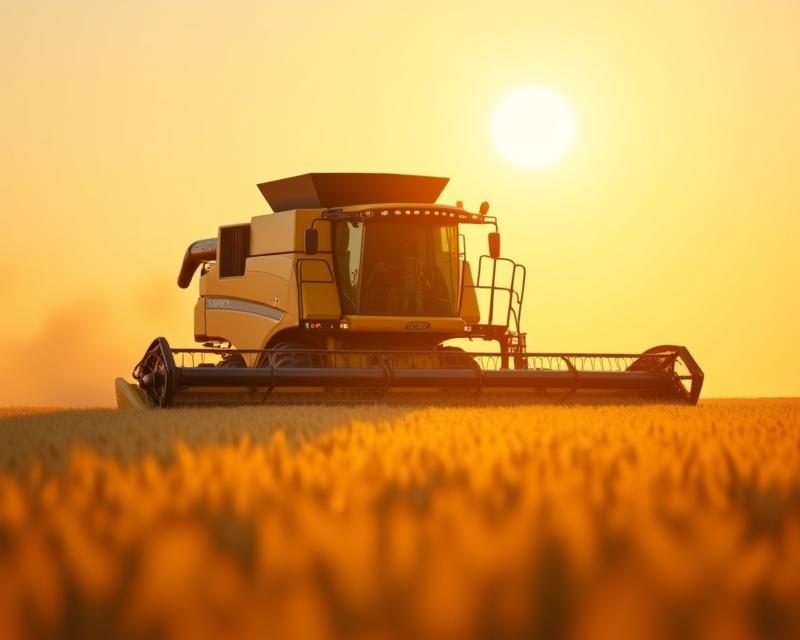
Pre-Operation Checks: Laying the Foundation for Safety
Before even thinking about starting a combine, a thorough pre-operation inspection is essential. This isn't just a quick glance; it's a detailed check of all critical components. Start with the engine – check oil levels, coolant levels, and ensure there are no leaks. Inspect the tires for proper inflation and wear. Carefully examine the header for damage and ensure all shields and guards are securely in place. Don't forget to check the hydraulic lines for leaks and the electrical system for any frayed wires or loose connections. A faulty component can quickly lead to a dangerous situation.
Safe Operating Practices: Minimizing Risk
Once the combine is ready, safe operating practices are paramount. Always be aware of your surroundings and maintain a safe distance from other workers and equipment. Never attempt repairs while the combine is running. Be especially cautious when approaching or leaving fields, ensuring no one is in the path of the moving machine. Pay close attention to the terrain – avoid operating on steep slopes or uneven ground whenever possible. Regular communication with other team members is vital. Use hand signals or two-way radios to coordinate movements and ensure everyone is aware of the combine's location and direction.
Emergency Procedures: Preparedness is Key
Despite the best precautions, accidents can happen. It's crucial to have a well-defined emergency plan in place. Know the location of the emergency shut-off switch and how to use it. Ensure all personnel are trained in emergency procedures, including what to do in case of a mechanical failure, a fire, or a collision. Keep a well-stocked first-aid kit readily available and know how to administer basic first aid. Regularly review safety procedures with all team members to reinforce best practices and ensure everyone is prepared to respond effectively in an emergency. Remember, a little preparation can make all the difference in minimizing the impact of an accident.
- Always wear appropriate personal protective equipment (PPE).
- Never exceed the combine's rated capacity.
- Ensure proper lighting for nighttime operation.
